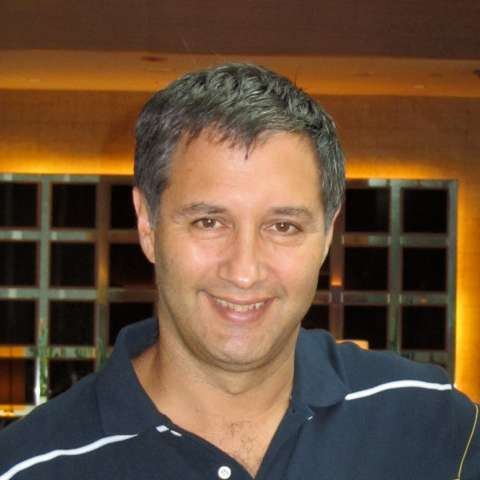It’s hard to believe that it’s four years since I last saw Santtu-Matias Rouvali conduct. In the intervening period, during which he has been elevated to Chief Conductor of the Philharmonia, his conducting style has lost something of its manic tinge (the shirt no longer drips with sweat) without losing any of the energy that’s transmitted to his players. And it’s gained a visible level of precision: the baton movements and twirls of the wrist were always crisp, but they’ve now reached a level of incisiveness that's impressive to behold.
Fortunately, the sense of fun is also undimmed. Last night’s bill at the Royal Festival Hall opened with an off-the-wall rarity: “Noche de encantamiento” from the film score for La Noche de los Mayas by Mexican composer Silvestre Revueltas. A full-sized, non-socially-distanced Philharmonia included no less than twelve percussionists (congas, bongos, marimba, maracas and plenty more). It’s a no-holds-barred piece: ten minutes worth of duel between Latin percussion ensemble and conventional symphony orchestra, the two eventually coming together. The Philharmonia were on top energy levels and after nearly two years of reduced orchestra sizes, they were seriously loud.
If the opening piece showed us the magnitude of sound of which this orchestra is capable, Bryce Dessner’s Violin Concerto, whose world premiere took place just a couple of days earlier in Frankfurt, showed us the extent of its colour palette, with dozens upon dozens of different soundscapes conjured up in the space of 24 minutes. And none more so than from the violin of Pekka Kuusisto, with whom Dessner collaborated in the writing of the concerto. It takes a lot to outdo Rouvali for enthusiasm and sheer bounce, but his fellow Finn is one of the few people who can do it. Kuusisto is as keen a player of traditional and folk music as he is of classical and Dessner’s violin demanded all manner of artifices from both worlds, with insistent high speed bowing, multiple stops and open strings, as well as a non-stop outpouring of energy. The orchestral colours were also continually in movement, with outbursts so sudden it seemed impossible that the conductor could keep things on the rails – but which were executed with aplomb. But it was the solo violin that one noticed: in the way that some star actors are loved by the camera, Kuusisto has a way of drawing your focus to his playing, whatever else is happening around him.
The thing I didn’t get from the Dessner concerto was the advertised sense of this music having been inspired by nature. That was was more noticeable because that sense of inspiration had been provided by the bucketload earlier in the evening, in the Purcell Room pre-concert performance of John Luther Adams’ There is no one, not even the wind, a remarkable piece of immense meditative power which has really made me want to hear more of Adams' work. In that concert, Kuusisto had been a charismatic presenter and conductor of ten or so of the Philharmonia’s members.
And so, from one unknown and one all-new work to a familiar one, albeit one of the most challenging in the repertoire: Stravinsky’s The Rite of Spring. It’s a piece that shows Rouvali at his very best, with his percussionist’s ability to keep multiple rhythms going at the same time, his extreme energy levels and the accuracy of his movement. The orchestra members must feel very safe with him on the podium, because there’s no question about what his movements or glances mean: you know exactly who is being cued, you know the timing down to a millisecond and you know the smoothed out shape of a phrase from the sweep of an arm or of his whole body.
It all resulted in a Rite full of individual brilliance from wind players, of tightly focused string sound and of explosive tutti. It may not have been quite as “just big and loud” as the Revueltas, but goodness, it was thrilling.


